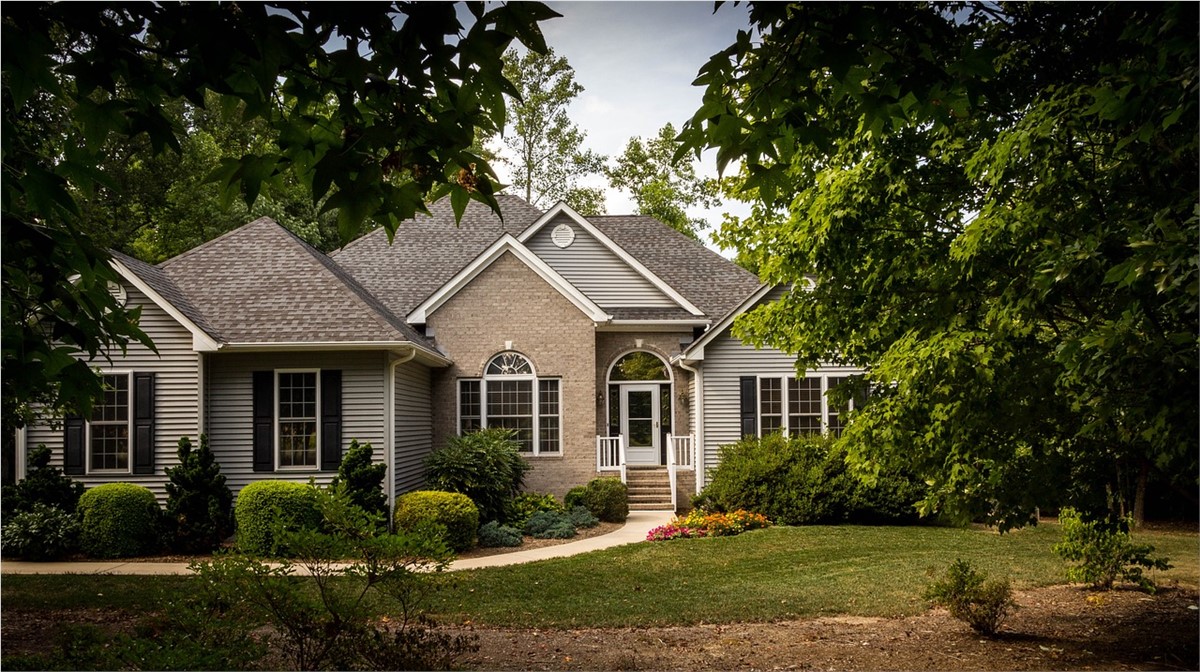
Ever feel like your roofing contractor is speaking an entirely different language? If you’re lost—we don’t blame you! Our industry uses a lot of jargon on a routine basis and we understand that it can sometimes make you feel like you need a translator. That’s why our team decided it would be a good idea to set up this guide of common roofing terms! We don’t want to just be your roof repair and roof replacement contractor; we want to be your partner in helping you get a better home. So, here are a few common roofing terms you might hear us use and what they mean.
Looking for a residential or commercial roofing specialist in Maryland, Virginia, or the Washington, DC Metro area? Contact Shanco today at 301-208-0848 or reach us online to set up your consultation!
Eaves
You’ve heard of the term eavesdropping, right? This is what the term is referring to! The eaves are the horizontal portion at the edge of a sloped roof, or the flat bit right at the end of the incline. Eaves are both useful for ensuring water projects off of your roof (and ideally into your gutters) and as an aesthetic design.
Fascia
A long, straight board that is installed along the lower edge of your roof. Gutters are usually installed along the fascia; the fascia is also partially responsible for adding support to the lower edge of your asphalt or tiled roof.
Soffit
Soffit boards are found behind the fascia and play an important role in roof ventilation. A properly ventilated roof prevents moisture damage and the accumulation of mold, so often vinyl ventilated soffits are used in roofing installation or renovation.
Flashing
Flashing are strips or constructed portions of material, usually metal, that are affixed around protrusions (or penetrations, depending on the terminology used near you) in your roof. Skylights, vent pipes, chimneys, and similar structures will almost always have flashing installed to create an effective seal against leakage. Flashing is also frequently found within roof valleys, on dormers, and along ridges.
Dormer
A dormer is a roofed projection located on a roof. These usually have a window installed and are primarily an aesthetic design option. They’re also used in home renovation to increase usable space in attics and lofts, essentially popping out a section of wall and including the roofed dormer to enclose and enhance the space.
Ridge
Ridges are a feature of sloped roofs and are simply the area where two slopes meet at the top. It is essentially the “peak” of your roof, although many homes can have multiple “peaks” or ridges.
Valley
Valleys are simply the opposite of a ridge: a place where two downward slopes meet to create a “V” shape. It’s worth noting that a valley isn’t necessarily just the bottom portion of two meeting edges, but actually is any downward moving area where two sections of roof are meeting.
Trusses
Trusses are basically a roof frame. These are the material (usually wooden) frames that are effectively the skeleton of your roof and used to provide the general shape and support of a roof.
Roofing Contractor in MD, VA & DC
We know that’s a lot of information to take in—and these terms are only scratching the surface! But any time you need to know what your Maryland, Virginia, or Washington, DC roofing specialists are talking about, you’re welcome to come back for a refresher.
Or, if you have more questions, you can always contact Shanco online or call 301-208-0848!
Tags
Subscribe to Shanco's Blog


Comments